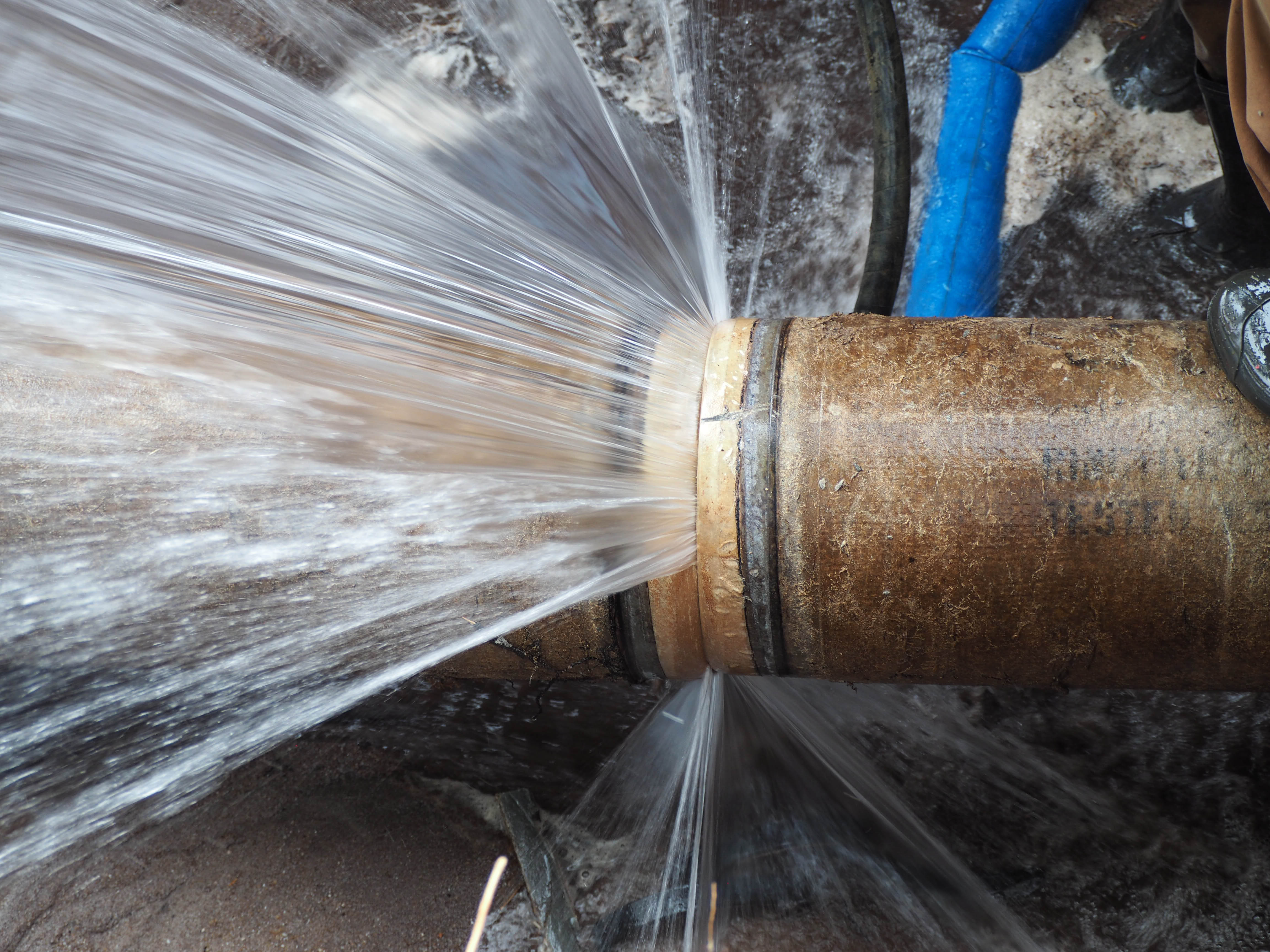How do you feel in regards to Prevent Frozen Pipes ?

Cold weather can damage your plumbing, especially by freezing pipelines. Below's just how to avoid it from taking place and what to do if it does.
Introduction
As temperature levels decline, the threat of frozen pipelines boosts, possibly bring about pricey repair services and water damages. Comprehending how to prevent frozen pipelines is critical for house owners in cool environments.
Recognizing Frozen Pipes
What causes pipelines to ice up?
Pipes ice up when exposed to temperatures listed below 32 ° F (0 ° C) for extended durations. As water inside the pipelines freezes, it broadens, putting pressure on the pipeline walls and potentially triggering them to rupture.
Dangers and damages
Icy pipes can lead to supply of water disruptions, residential or commercial property damages, and pricey repairs. Ruptured pipes can flood homes and trigger extensive architectural damages.
Indications of Frozen Pipes
Recognizing icy pipes early can avoid them from bursting.
Exactly how to recognize frozen pipelines
Search for lowered water circulation from taps, uncommon smells or sounds from pipelines, and noticeable frost on revealed pipelines.
Prevention Tips
Insulating prone pipes
Cover pipes in insulation sleeves or use warm tape to safeguard them from freezing temperatures. Focus on pipes in unheated or external areas of the home.
Home heating techniques
Maintain indoor rooms adequately warmed, especially areas with plumbing. Open up closet doors to enable cozy air to distribute around pipelines under sinks.
Safeguarding Outside Pipes
Yard tubes and outdoor faucets
Separate and drain pipes garden pipes before winter. Mount frost-proof spigots or cover outdoor taps with insulated caps.
What to Do If Your Pipelines Freeze
Immediate actions to take
If you presume frozen pipes, keep faucets open up to alleviate pressure as the ice thaws. Make use of a hairdryer or towels taken in hot water to thaw pipelines gradually.
Long-Term Solutions
Structural modifications
Take into consideration rerouting pipelines away from outside walls or unheated locations. Add added insulation to attics, basements, and crawl spaces.
Upgrading insulation
Buy top quality insulation for pipelines, attic rooms, and wall surfaces. Appropriate insulation aids maintain consistent temperatures and minimizes the threat of frozen pipes.
Verdict
Protecting against icy pipelines requires positive procedures and quick reactions. By comprehending the causes, indicators, and safety nets, homeowners can protect their pipes throughout cold weather.
5 Ways to Prevent Frozen Pipes
Drain Outdoor Faucets and Disconnect Hoses
First, close the shut-off valve that controls the flow of water in the pipe to your outdoor faucet. Then, head outside to disconnect and drain your hose and open the outdoor faucet to allow the water to completely drain out of the line. Turn off the faucet when done. Finally, head back to the shut-off valve and drain the remaining water inside the pipe into a bucket or container. Additionally, if you have a home irrigation system, you should consider hiring an expert to clear the system of water each year.
Insulate Pipes
One of the best and most cost-effective methods for preventing frozen water pipes is to wrap your pipes with insulation. This is especially important for areas in your home that aren’t exposed to heat, such as an attic. We suggest using foam sleeves, which can typically be found at your local hardware store.
Keep Heat Running at 65
Your pipes are located inside your walls, and the temperature there is much colder than the rest of the house. To prevent your pipes from freezing, The Insurance Information Institute suggests that you keep your home heated to at least 65 degrees, even when traveling. You may want to invest in smart devices that can keep an eye on the temperature in your home while you’re away.
Leave Water Dripping
Moving water — even a small trickle — can prevent ice from forming inside your pipes. When freezing temps are imminent, start a drip of water from all faucets that serve exposed pipes. Leaving a few faucets running will also help relieve pressure inside the pipes and help prevent a rupture if the water inside freezes.
Open Cupboard Doors
Warm your kitchen and bathroom pipes by opening cupboards and vanities. You should also leave your interior doors ajar to help warm air circulate evenly throughout your home.
:strip_icc()/snow-outdoor-faucet-pipes-4af65d1e5e904fb1aa7bf74071fe5d89.jpg)
We had been made aware of that write-up about How to Prevent Your Pipes From Freezing through a buddy on another web property. Sharing is nice. Helping others is fun. I truly appreciate reading our article about How to Prevent Your Pipes From Freezing.
Book Services
Comments on “How to Avoid Frozen Plumbing in Cold Weather: Pro Guidance”